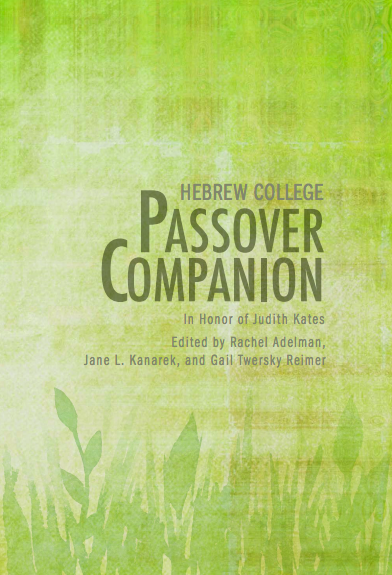The late 18th-century Hasidic master, Rebbe Nachman of Bratslav, was born into a mystical tradition that viewed all things—all aspects of this world—as surging with Divinity. “Melo khol ha-aretz kevodo—all the earth is filled with God’s glory” (Isaiah 6:3). This verse became a watchword in early Hasidic thought. And nearly every early Hasidic thinker sought to convey it to others—to the educated and uneducated alike—instilling in them the notion that some trace of God—luminous, august—flows throughout the core of life, weaving this existence together as one.
Though born into this worldview, though raised and educated according to its dictates, Rebbe Nachman could not seem to access or experience it himself. On the contrary, when Rebbe Nachman looked out onto the world, instead of seeing God’s glory filling all the earth, he encountered absence, rupture, breech. Indeed, when Rebbe Nachman looked out onto the world, he saw an abyss dividing us from God, an abyss dividing God from us. Somehow our world had been torn away from Divinity. Somehow our unity with God had broken in two.
Yaḥatz—the Passover ritual of breaking a sheet of matzah in two—takes its name from the Hebrew root ḥ.tz.h. meaning quite literally “to break in half.” We pull out the middle matzah from a stack of three, we crack it in two, and we hide the larger piece, leaving the smaller piece on the table to consider. For Rebbe Nachman, this smaller piece—this lesser fragment—represents us, and our world. But the larger piece that we are called upon to conceal—this, he teaches, represents God. Cracked away from the larger hidden half, we are severed from Divinity, and a distance—undefined and wrenching—opens up between us.
“Me-raḥok Adonai nirah li—from a distance God appears to me” (Jeremiah 31:3). This was one of Rebbe Nachman’s favorite biblical passages to cite, most of all because of how it allowed him to read the distance between us and God in more productive terms: It is precisely the recognition of this distance that forces us to shake off our complacency with life and dream what else is possible.1 Wholeness stymies desire, locks us into self-satisfaction. But brokenness—brokenness drives us into a yearning to lessen the gap between what this world is and what it could be. We must feel a break to see this. We must feel a crack to recognize how much we are all still in need of healing. According to Rebbe Nachman, it is only with this recognition that we can begin to figure out new ways to make this healing happen.
Eventually we recover the piece of matzah that has been concealed. But when it returns to us, it does not fit perfectly with its other half. Crumbs unaccounted for remain lost. Space, distance, imperfection loom in the blank scar that marks the reconstituted piece. “And this is as it should be!” Rebbe Nachman would say. Because only as a result of these distances will we be able to find the desire in ourselves to keep dreaming, imagining, acting. And sometimes, as we fill up these distances with our dreams, we may feel God—equally longing for us—reach back.2
1Adapted from the notes of Rebbe Nachman’s scribe, R. Nosn Sternhertz, Likkutei Halakhot, Giluaḥ (Laws of Shaving).
2Likutei Halakhot, Giluaḥ.
2Likutei Halakhot, Giluaḥ.



